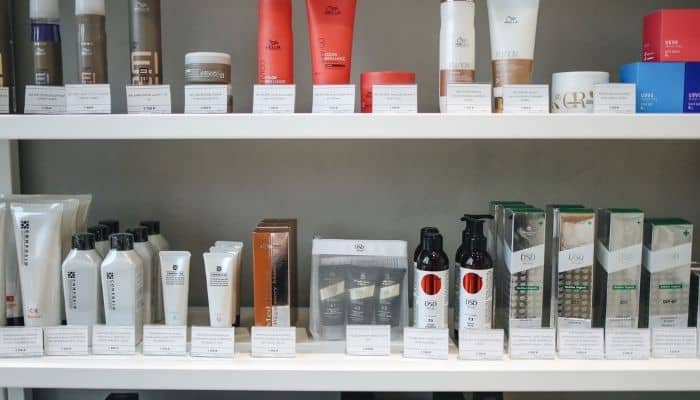Singapore – The latest joint data from measurement and analytics suite Adjust and mobile data analytics provider data.ai revealed that in-app spending amongst Japanese users for this year’s first quarter has ballooned up to $4.65 billion–an increase of 13% compared to the previous quarter. The data also notes that this expending is expected to exceed $17.7 billion in spend this year.
In terms of mobile gaming, Japan is making a slow but steady comeback in 2023 with 12% and 6% increases in installs and sessions, respectively, from Q4 2022 to Q1 2023. In Q1 2023, Japanese mobile gamers increased their spending on gaming apps significantly, with a 13% increase over Q4 2022. Puzzle games are extremely popular in Japan, accounting for 19% of all gaming sessions.
Meanwhile, Japan’s progression toward a cashless society continues with digital payment apps capturing 77% of install share and sessions increasing 7% in Q1 2023 compared to Q4 2022. Meanwhile, crypto apps have exploded in popularity with significant growth in both installs and sessions, with a captive audience leading to a day 1 retention rate of 28% in Q1 2023. Overall fintech app sessions increased by 17% in Q1 2023 compared to Q4 2022.
Lastly, e-commerce apps have showcased remarkable resilience, with deal discovery apps growing 24% YoY in 2022 and another 11% in Q1 2023 compared to Q4 2022. Notably, marketplace apps achieved an impressive day 1 retention rate of 28% in Q1 2023, highlighting their strong appeal and user engagement. Although there was a dip in installs of e-commerce apps in general, sessions increased 5% YoY in 2022.
Toby Torii, territory director for Japan at data.ai, said, “As the industry continues to grow and user behavior shifts, building strong partnerships, leveraging innovative technologies and staying ahead of industry trends are key factors for unlocking tremendous growth opportunities. With the right approach, mobile marketers can take their campaigns to the next level and capitalize on this exciting market’s enormous potential.”
In addition, connected TV (CTV) is already a large part of mobile users’ journey. Currently, 70% of Japanese TV viewers have a CTV device, and CTV and OTT devices are expected to be owned by 30 million Japanese households by the end of 2023. This presents a wealth of opportunities for advertisers to reach new and engaged audiences, and to drive users from CTV apps to mobile devices or back to CTV apps themselves.
Gijsbert Pols, director of connected TV and new channels at Adjust, said, “CTV campaigns are set to become a fixture in app marketers’ user acquisition strategies, and early movers in Japanese CTV advertising stand to benefit greatly. CTV offers better ad quality, a more captivated audience, precise targeting for users interests, measurement and optimization for engagement rates, impressions and click-through rates.”















